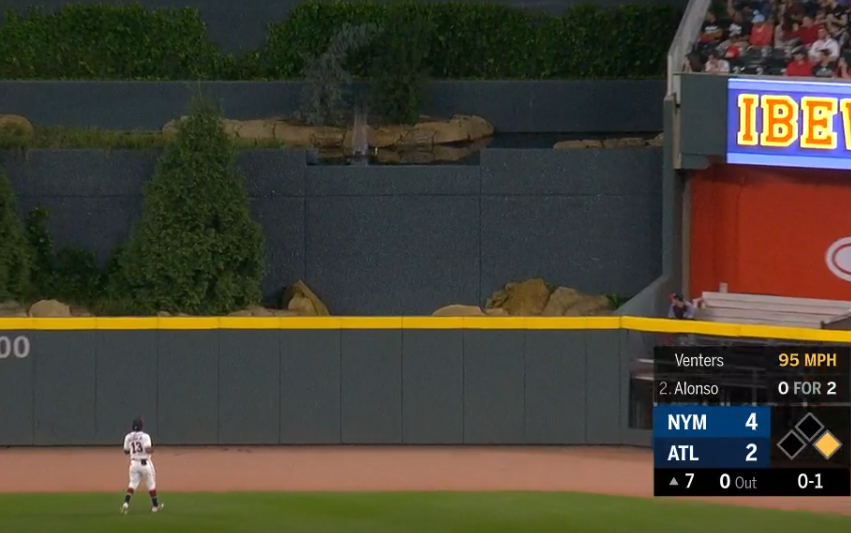The 17-Year-Old Boy in the 16-Foot Boat
The summer of 1962 was one of political turmoil. Within the United States, the civil rights movement continued to fight for an end to racial segregation, and outside the United States, the globe-consuming tension of the Cold War continued to intensify. The Vietnam War continued to escalate, with Robert F. Kennedy declaring in February that the United States would not leave Vietnam until Communism was defeated. The Space Race proceeded apace, with both Americans and Russians being launched into orbit. And the brewing conflict between President Kennedy’s administration and the still-new Castro regime in Cuba was reaching a fever pitch. In February, President Kennedy extended the embargo on trade with Cuba to include almost all exports; in March, the participants in the failed Bay of Pigs invasion of the previous year were put on trial by the Cuban government, and in May were sentenced to 30 years of imprisonment. Both the United States and the USSR continued to test new kinds of nuclear warheads. The Cuban Missile Crisis loomed on the horizon; by midsummer, it was already clear that the pressure was about ready to boil over.
It was perhaps inevitable, then, that this conflict found its way into the relatively uneventful world of American professional baseball, where the most interesting thing going on was the Mets’ 120-loss inaugural season. Baseball in the United States, after all, is embedded in the national mythology, from the legends surrounding the sport’s invention to its status as America’s Pastime. The cultural significance of baseball was not lost to either side of the Cold War Conflict. New York Mirror columnist Dan Parker wrote that he was sure the world would be a better place “[i]f more ambassadors used sports instead of double talk as their medium of expression,” and that he’d “like to see the new envoy to Moscow introduce himself in the Kremlin by fetching Uncle Joe Stalin a resounding whack on the noggin with one of Joe Dimaggio’s castoff bats.”
Soviet paper of record Izvestia, meanwhile, in an attempt to undermine baseball’s status as a pillar of American values, claimed baseball was actually a descendant of the old Russian game lapta. In Cuba, where baseball had been the country’s most popular sport for almost a century, the game had developed yet another ideological purpose as a nationalist symbol, with the excellence of Cuban baseball demonstrating the values and victory of the revolution.
In August of 1962, the ideological tensions existing in baseball manifested themselves in the form of one unlikely person: a 17-year-old boy in a 16-foot boat.
***
On August 5th, 1962, the Associated Press ran a curious news item. The headline read “Cuban Baseball Player Branded as Traitor,” and opened with this paragraph:
A Cuban baseball player who signed a U.S. major league contract but kept it a secret so he could disqualify his nation’s entry in the Central American Games has been denounced as a traitor, Havana Radio said yesterday.
The story identified the player as one Manuel Enrique Ameroso Hernandez. There was no other information about him, no age or identifying characteristics. All that was known was what he had done, and what he had planned to do: He had signed a contract with a major league team, which made him a professional baseball player, and had intended to identify himself as such and claim political asylum in Jamaica, where the Central American Games were being held. The Cuban team, then, having had a professional play for their team, would be disqualified from the competition.
Given baseball’s cultural importance to Cuba and the revolution, this would have been a stunning act of sabotage if it had been successfully carried out. But Hernandez’s reserved, apathetic demeanor leading up to the competition drew suspicion, and he eventually admitted his plan to his teammates. His actions were condemned in the strongest possible terms. Teammates were quoted as saying that they “would prefer death a thousand times before selling ourselves for the bloody dollars of the Yankee monopolies,” and the team issued a statement condemning “the traitorous and miserable attitude of Ameroso Hernandez for having signed as a professional and keeping this secret for the ruinous and cowardly object [of giving] our enemies the opportunity to disqualify our invincible team.” There was no clarification of what was to happen to Hernandez, nor of which major league team he had signed with in the first place.
In the coming days, as the story spread in the American media, more information came out about Hernandez. There was, first, the fact of his talent: Raul Castro had only recently sung Hernandez’s praises on the national stage as Cuban baseball’s finest player, and assessed his annual value at $60,000. (The highest salary in the major leagues in 1962 was $90,000, earned by both Mickey Mantle and Willie Mays.) This revelation was followed by one that made the former all the more surprising: Hernandez was only 17 years old. Read the rest of this entry »

